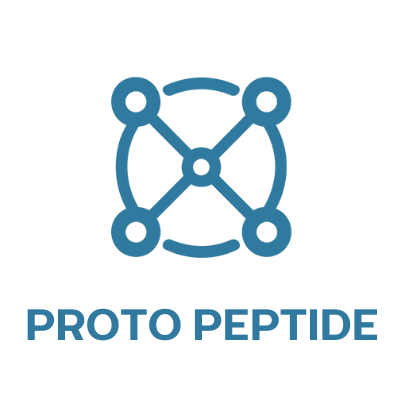TB500 (Thymosin B4 Acetate) in Laboratory Tissue Repair Models
TB500 (Thymosin B4 Acetate) is a widely used peptide in preclinical studies for tissue regeneration. Its ability to promote cellular migration and angiogenesis makes it an ideal candidate for modeling healing processes in tendons, muscles, and ligaments.
Mechanisms Supporting Tissue Repair
TB500 enhances actin filament organization and endothelial cell movement, critical factors in wound healing. Researchers often observe faster closure of experimental lesions and improved structural integrity of regenerated tissue.
Combination Studies with Other Peptides
In laboratory research, TB500 is frequently combined with peptides like BPC-157 or blends such as GHK-CU + TB500 + BPC157. These combinations help scientists explore synergistic effects on healing rates and tissue quality.
Applications in Preclinical Research
- Studying accelerated repair of tendon injuries
- Examining muscle regeneration in experimental models
- Testing peptide therapy efficacy for chronic wound models
Conclusion
TB500 continues to be an essential peptide for laboratory research in tissue repair. Its regenerative and angiogenic properties provide a reliable model for experimental studies investigating new therapeutic strategies. Here at ProtoPeptide, our products are supported by independent lab testing. Our focus is on precision and reliability, giving Canadian researchers peace of mind. All peptides are for research use only and handled under strict quality assurance. We also make it easy by offering bundle options to simplify your lab setup.
Disclaimer
This content is for informational and research-related purposes only. The peptides mentioned in this article are intended strictly for use in controlled laboratory settings by qualified professionals. It is not approved for human or veterinary use. Always follow your institution’s guidelines and consult safety data sheets (SDS) before handling any research chemical.
